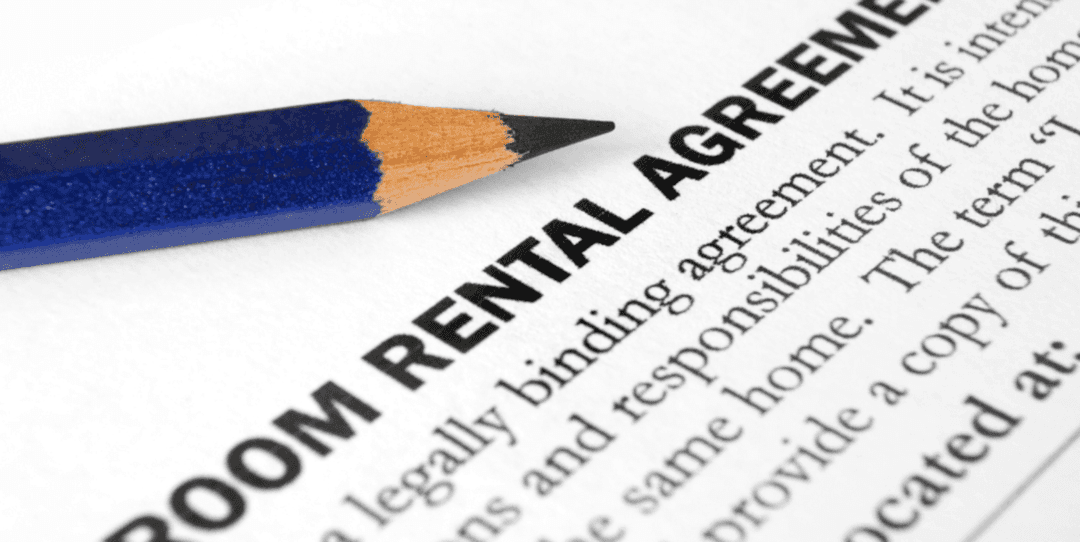
The Ultimate Guide on Rental Leases: Your Essential Pre-Signing Checklist
So you found the perfect place! Congratulations! Before you envision unpacking boxes and celebratory housewarming parties, there's a crucial step: understanding the lease agreement. This document, often viewed as a formality, is actually the foundation of your tenancy – a roadmap to a comfortable and secure living experience. This comprehensive guide equips you with the knowledge to navigate a rental lease with confidence. We'll break down key points to look for, decode legal jargon, and empower you to ask the right questions before you sign on the dotted line.
Part 1: Understanding the Basics of a Rental Lease
Think of a lease agreement as a legally binding contract between you (the tenant) and the landlord. It outlines the rights and responsibilities of both parties throughout your tenancy. Here's a detailed breakdown of what a standard lease typically covers:
- Parties Involved: Ensure the full and accurate names of all tenants and the landlord are listed. This includes any roommates who will be residing in the unit. If there are multiple landlords, all their names should be included.
- Property Details: Verify the exact address of the unit you're renting, along with any additional details like the apartment number or floor plan.
- Lease Term: This specifies the duration of your tenancy, typically ranging from six months to a year, with options for renewal. Leases can also be month-to-month, depending on your agreement with the landlord. Be sure to understand the renewal process and any associated fees.
- Rent and Fees: This details the monthly rent amount, due date, accepted payment methods (e.g., online portal, check, money order), and any additional fees like parking, utilities (water, garbage, gas, electricity), or pet deposits. Ask for a breakdown of included and excluded utilities to avoid any surprises.
- Security Deposit: This is a refundable deposit held by the landlord during your tenancy, typically equivalent to one month's rent. It's used for deductions for any damages exceeding normal wear and tear at the end of your lease. Be sure to understand the criteria for deductions and the timeline for receiving your deposit back after move-out.
Part 2: Delving Deeper: Crucial Clauses to Scrutinize
Now that you're familiar with the foundational elements, let's delve into some crucial clauses that deserve your close attention:
- Move-In/Move-Out Procedures: Carefully review the condition of the unit upon move-in and document any pre-existing damage with photos and a written report provided to the landlord. This protects you from being held responsible for prior wear and tear. The lease should outline the process for returning the unit at the end of your tenancy, including cleaning expectations. Are there professional carpet cleaning requirements? Will you be responsible for repainting the walls?
- Late Rent Fees and Penalties: These fees can add up quickly. Understand the grace period for late payments (typically 3-5 days) and any additional late fees or penalties. Will late rent payments affect your credit score?
- Termination Clause: This clause outlines the notice period required by both tenant and landlord to terminate the lease early. Standard notice periods are usually 30 or 60 days. Be sure you understand the implications for breaking the lease, including any associated fees. Some leases may have early termination clauses that allow you to break the lease without penalty under specific circumstances (e.g., job relocation, military deployment).
- Landlord Access: The lease will specify when and under what circumstances the landlord can enter your unit (e.g., emergencies, repairs with prior notice, scheduled inspections). Ensure you feel comfortable with the access guidelines outlined in the lease.
- Guest Policies: Some leases may have limitations on the number of overnight guests or the duration of their stay. If you frequently have guests, understand these limitations to avoid any misunderstandings with the landlord.

Part 3: Beyond the Lease: Asking the Right Questions
A good lease agreement is just one piece of the puzzle. Here are some essential questions to ask the landlord before you sign:
- Is renter's insurance required? This protects your belongings and provides liability coverage in case of accidents. While not always mandatory, it's highly recommended.
- Are there any pet restrictions? If you have a pet or plan to get one, ensure you understand any breed or size restrictions, additional pet deposits, or monthly pet fees.
- What are the maintenance procedures? Clarify how to report maintenance issues and the expected response time. Understand which repairs are your responsibility and which fall under the landlord's purview.
- Can you make modifications? If you wish to paint walls or make other changes to the unit, confirm what alterations are allowed and if you need prior approval.
- What utilities are included? Get clarity on which utilities are covered in your rent and which you need to arrange and pay for separately.
- How is rent payment handled? Understand the payment process, including due dates, accepted payment methods, and any fees for online payments or checks.
Conclusion
Navigating a lease agreement may seem daunting, but it's a critical step to ensure a smooth and worry-free tenancy. By understanding the basics, scrutinizing crucial clauses, and asking the right questions, you'll be well-equipped to make an informed decision. Remember, a lease agreement is not just a formality—it's the foundation of your new home. Take the time to review it thoroughly, seek clarifications, and ensure it aligns with your expectations and needs. Happy renting!
